As the days grow shorter and the crisp air settles in, Vermont transforms into a stunning canvas of vibrant colors. The best time to witness the breathtaking fall foliage in Vermont is typically from late September to mid-October, when the leaves change from green to brilliant shades of red, orange, and gold. This natural spectacle draws visitors from all corners of the country, keen to experience the serene beauty of our landscapes.
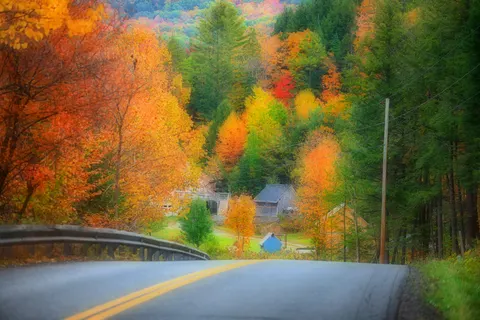
Taking a road trip and exploring the backroads and quaint towns during fall in Vermont allows us to immerse ourselves in this seasonal wonder. With each winding road, we can find panoramic views and local festivals celebrating this vibrant time of year. The interplay of light and color offers a unique opportunity for photographers and nature lovers alike to capture unforgettable moments.
We can also engage with local farmers and artisans, who bring their harvest and crafts to markets throughout the region. This season not only showcases the stunning foliage but also highlights the rich culture and community spirit that makes Vermont so special. Embracing the fall foliage experience means appreciating nature’s artistry while enjoying the warmth of community gatherings.
Best Times and Places for Peak Vermont Foliage
To fully appreciate Vermont’s stunning fall foliage, it’s essential to know when and where to witness the peak colors. Key factors include timing changes and identifying the best locations.
Timing of Foliage Changes
In Vermont, the timing of peak foliage varies by region and elevation. Mid-September usually marks the beginning in higher elevations of the Green Mountains and surrounding areas. By early October, we often see vibrant colors spreading to southern Vermont and the lower elevations.
The colors intensify, reaching their peak around the second and third weeks of October. Late October typically signals the end of foliage season as leaves begin to fall.
Top Spots in Vermont for Foliage Views
Several locations in Vermont are renowned for their breathtaking views. In the Northeast Kingdom, Lake Champlain offers picturesque landscapes with scenic water backdrops.
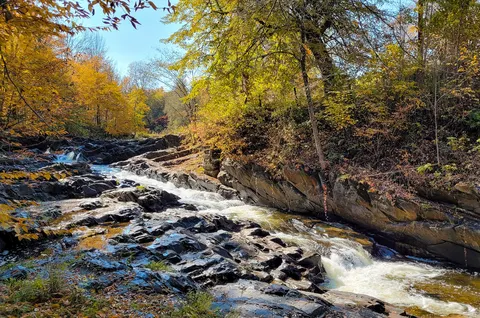
For a more elevated perspective, we recommend Mount Mansfield and Stowe, which provide stunning vistas of the sprawling, colorful hills. In Central Vermont, towns like Woodstock and Killington showcase charming scenery.
Furthermore, Southern Vermont, including areas around Manchester, presents a combination of vibrant colors and historical charm.
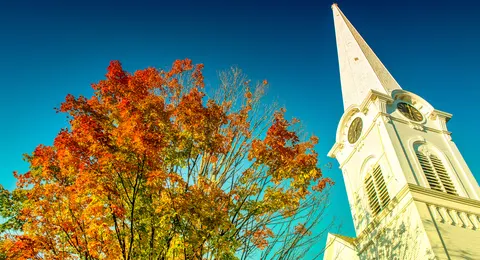
High Elevation Areas
High elevation areas significantly influence our foliage experience. Locations like the Green Mountains feature some of the earliest color changes due to cooler temperatures.
We find that trails and overlooks at elevations above 2,500 feet often display peak foliage earlier than those in valleys. Notable high elevation spots include Camel’s Hump and Mount Abe. These areas not only provide an early glimpse of the colors but also excellent hiking opportunities to enjoy the views.
Traveler’s Guide to Vermont Foliage Sightseeing
When planning our foliage sightseeing adventure in Vermont, we can explore scenic drives and outdoor activities that showcase the vibrant autumn colors. This guide highlights the best routes and trails for an unforgettable experience.
Scenic Routes in Vermont
One of our must-visit roads is Route 100, renowned for its breathtaking views and charming towns. As we drive this scenic byway, we will encounter picturesque landscapes adorned with colorful foliage.
We should also keep an eye out for covered bridges that dot the region, adding a classic New England flair to our journey. The Bennington Covered Bridge and the Shaftsbury Covered Bridge are excellent stops for photographs.
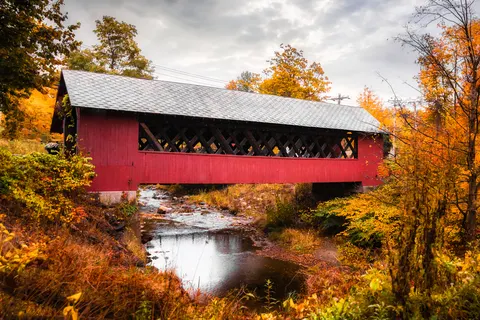
Route 9 offers another striking option, particularly through Molly Stark State Park. This route provides stunning views and overlooks that showcase the vibrant trees. Plan to take a slow drive to fully appreciate the scenery.
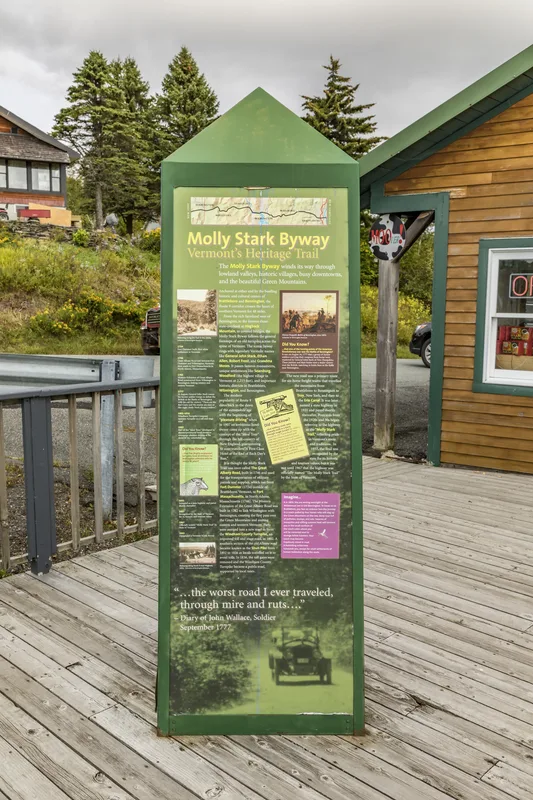
Outdoor Activities and Trails
Hiking is an ideal way to take in Vermont’s fall foliage up close. Quechee State Park offers several trails with diverse foliage, perfect for capturing stunning photos. The Jamaica State Park also features picturesque hikes that wind along rivers and through dense forests.
For those who prefer biking, the Mad River Path is a fantastic choice. This trail is suitable for all skill levels and provides breathtaking views of the surrounding foliage.
In addition, we can explore the trails at Molly Stark State Park for a combination of scenic vistas and challenging hikes. Each option gives us a unique perspective on this beautiful season.
Tree Species and Fall Colors
Vermont’s fall foliage is renowned for its striking colors, primarily due to the diverse tree species that contribute to the vibrant landscape. Each tree type brings a unique palette to the season, playing a pivotal role in our visual experience.
Sugar Maples and Red Maples
Sugar Maples are celebrated for their brilliant reds and oranges that dominate Vermont’s scenery. This species produces shades that can range from golden to fiery crimson. The change occurs as chlorophyll breaks down, revealing the pigments responsible for these vibrant colors.
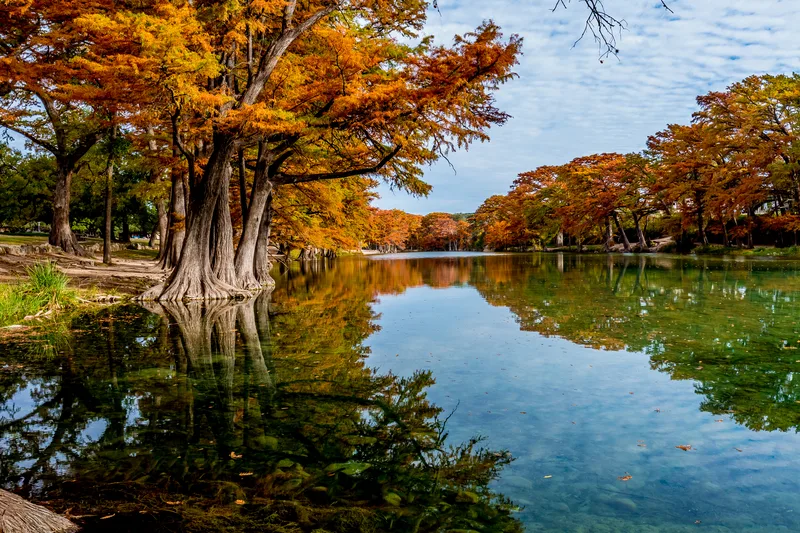
Red Maples also contribute significantly to the fall landscape, with their leaves transitioning to a bold red. Their adaptability to various soil conditions allows them to thrive in different environments, making them a common sight across Vermont and even in Canada.
Together, these maples offer some of the most dramatic foliage, creating a stunning contrast with Vermont’s evergreen trees.
Birch Trees and Ash Trees
Birch trees present a softer, yet equally stunning, aspect of Vermont’s fall foliage. Their yellows are often light and airy, creating a beautiful backdrop for the bolder colors of maples. The white bark of birches combined with their golden leaves offers a unique visual effect as they sway in the autumn breeze.
Ash trees, while sometimes overlooked, also display pleasing color shifts. They can turn to various shades of yellow and purple in the fall, complementing their neighbors. These species enrich our landscape with diversity and ensure that each autumn offers a fresh experience for leaf peepers.
Color Palette of Vermont Foliage
Vermont’s fall colors can be characterized by a rich color palette that enhances the natural beauty of the region. The presence of various tree species provides a wide range of hues, from the deep reds and oranges of Sugar Maples to the soft yellows of Birch trees.
Factors such as temperature, moisture, and sunlight levels play crucial roles in determining the vibrancy of these colors. A warm, dry autumn typically results in more vibrant foliage, while a wet season may produce a muted palette.
This spectrum of colors creates picturesque landscapes, inviting exploration and appreciation of Vermont’s natural beauty. Each year, we can look forward to this colorful display, celebrating the unique characteristics of our local tree species.
Local Attractions and Culture
Vermont offers a rich blend of historical sites and culinary delights that enhance our experience of fall. Discovering local heritage and indulging in Vermont’s craft beer scene, like at local breweries like 14th Star Brewing or Black Flannel Brewing Company, provides an authentic glimpse into the state’s culture during this vibrant season.
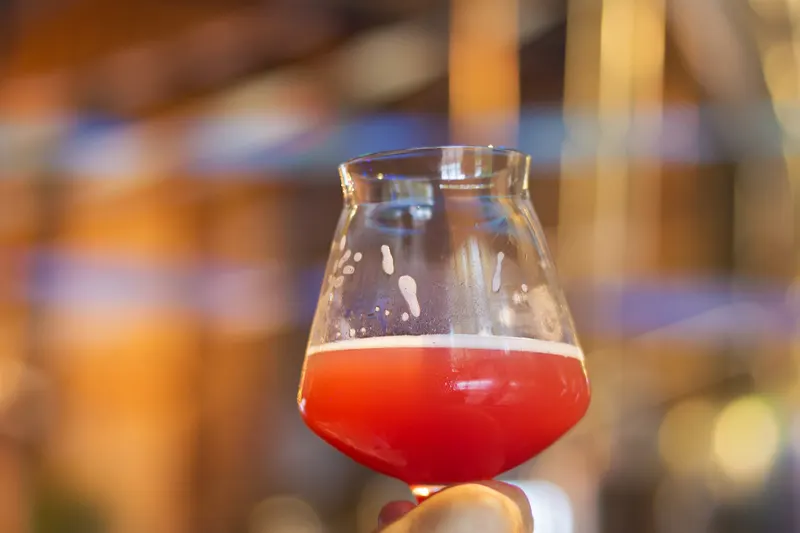
Historical Locations and Heritage
Exploring Vermont’s history is essential to understanding its culture. We can start with Woodstock, known for its picturesque streets and historic architecture. The Vermont Country Store is a must-visit, showcasing local products and vintage items.
Hildene, the former home of Robert Todd Lincoln, offers educational tours about the Lincoln family and the region’s history.
In St. Johnsbury, the St. Johnsbury Athenaeum holds an impressive art collection, which adds to our cultural experience.
Nearby Peacham is recognized for its stunning rural landscape and offers insights into the state’s past through its quaint buildings.
Vermont’s Craft Beer and Cuisine
Vermont is celebrated for its craft beer, with breweries such as Otter Creek and Long Trail at the forefront. Visiting these establishments allows us to sample unique brews while enjoying stunning views of the fall foliage.
Local cuisine also reflects the state’s agricultural roots. We can find hearty dishes featuring fresh produce at various farm-to-table restaurants.
In Killington, eating at local eateries offers a chance to experience foods made from locally sourced ingredients.
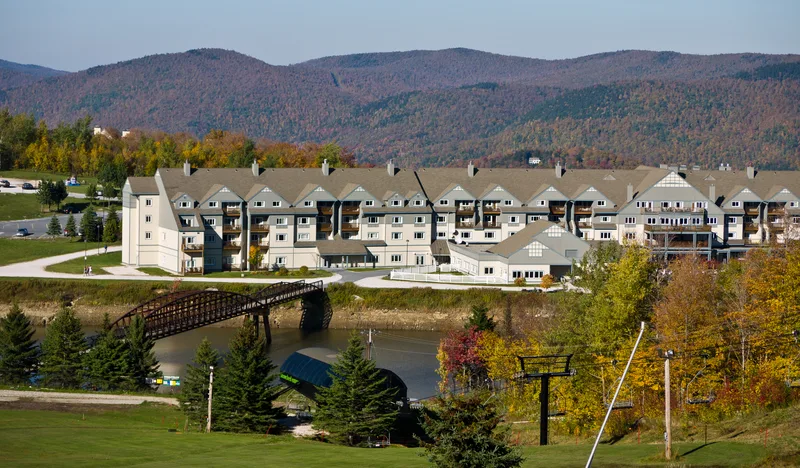
Additionally, Northshire Bookstore in Manchester not only provides literary treasures but also hosts events that often feature local food and drink, allowing us to engage with the community intimately. Whether exploring historic sites or tasting local flavors, Vermont’s fall culture deeply enriches our experience.
Understanding Foliage Reports and Climate
Foliage reports serve as essential tools for anticipating peak leaf color. Weather and climate conditions significantly influence the timing and brilliance of fall foliage, impacting our viewing experience.
Reading Foliage Reports
Foliage reports provide updates on the changing colors of leaves across Vermont. We typically find these reports issued weekly during the fall season, detailing the percentage of color change in various regions.
These reports categorize the foliage stages such as “just starting,” “peak,” and “past peak.” We can use this information to plan our trips effectively.
Key factors in these reports include the identification of dominant tree species, such as red maples, known for their vibrant reds. By understanding the specific areas trending towards peak coloration, we can optimize our leaf-peeping excursions.
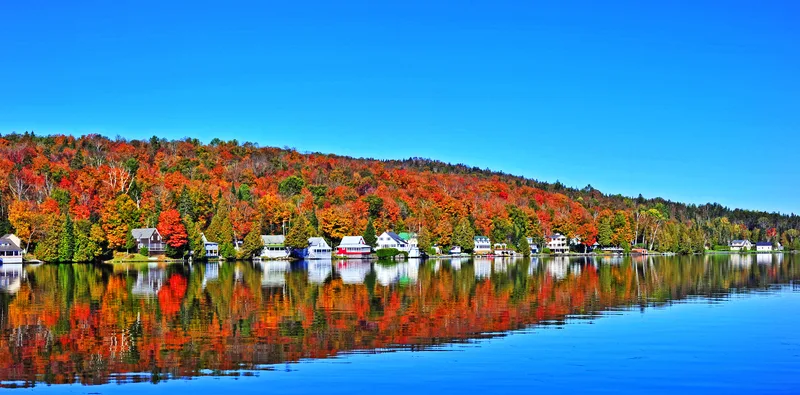
Impact of Weather and Climate
Weather conditions greatly influence the fall foliage display. Warm days and cool nights promote the production of pigments that yield brighter colors. For instance, adequate sunlight, along with limited rainfall, tends to enhance leaf coloration. Conversely, moderate winds and storms can accelerate leaf drop, reducing the overall foliage impact.
Early frost can also hasten leaf drop, resulting in a shorter viewing window. Understanding these elements helps us appreciate timing and conditions that create the most vivid displays during our visits.
